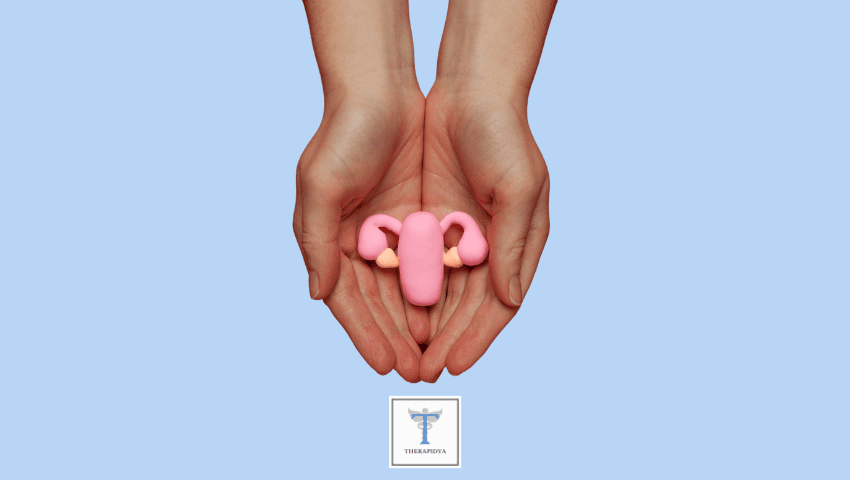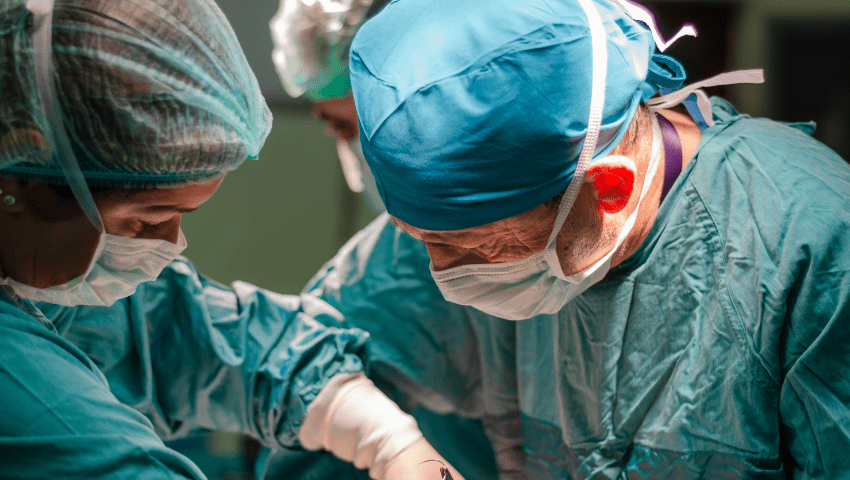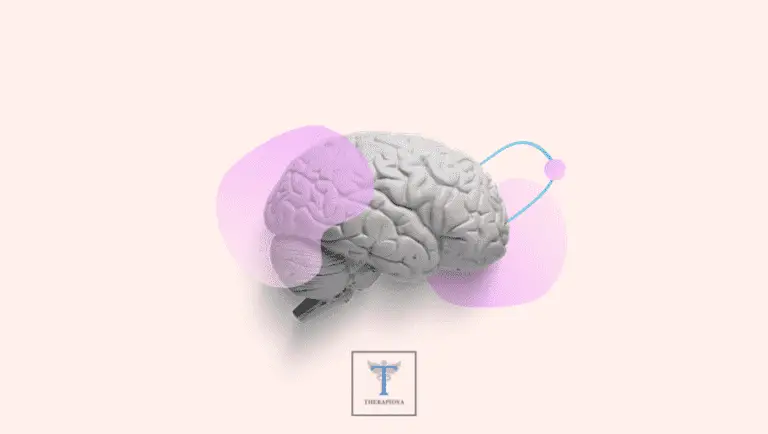A Full Guide About: Endometriosis .. 2023
Endometriosis is a condition in which parts of the uterine lining move out through the fallopian tubes and into the abdominal cavity, where they adhere to the ovaries, the abdominal cavity, or any other organ in the pelvic area. In summery it is a disease of endometrial tissue and endometriosis inside uterus.
It is derived from the Latin endometrium, which means uterine mucosa, and the uterine mucosa grows in normal unsatisfactory conditions and disappears automatically every month unless the woman is pregnant.

The lining dissolves and is excreted from the body during menstruation, and when a fetus is not absorbed into the womb, there is tissue similar to the endometrium outside the uterus, usually in the abdominal cavity, where these tissues respond to changes. Your period is the true endometrium’s reaction.
At the end of each menstrual cycle, these tissues outside the uterus dissolve and bleed due to the hormone that causes uterine lining erosion and its exit from the body in the form of bleeding, but unlike the normal uterine mucosa that comes out with menstrual bleeding, these tissues have no exit from the abdominal cavity.
This can result in inflammation or swelling of the surrounding tissues, which causes scars in the vicinity of the outer lining, increasing the risk of tumor development.
It also has different kinds like primary umbilical endometriosis (PUE), frozen pelvis endometriosis and focal endometriosis.
It is impossible to happen endometriosis in males.
Endometriosis Symptoms
Endometriosis symptoms vary between patients; some women have mild symptoms, while others have moderate to severe symptoms.
Infection symptoms include the following:
- The most common symptom lower abdominal or back pain. Endometriosis upper abdominal pain is not a common sympom.
- Pain in the abdomen before and during menstruation.
- Period pain that keeps you from going about your daily activities.
- Menorrhagia
- Pain that occurs during or after sex.
- Menstruation causes pain when urinating or defecating.
- During menstruation, you may experience nausea, constipation, diarrhea, or blood in your urine.
- Having difficulty getting pregnant
- Bleeding in between menstrual cycles.
Endometriosis Causes and Risk Factors
It is a common condition that affects between 2% and 10% of women of childbearing age. The presence of endometrial tissue outside the uterine cavity, usually on other reproductive organs within the pelvis or in the abdominal cavity, characterizes this condition.
The following factors are major risk factors for this disease:
- Not having a child.
- Beginning your period at a young age.
- Menopause at a very advanced age.
- Menstrual cycles that are less than 27 days long.
- Menstrual cycles that last more than seven days.
- Having higher levels of estrogen in your body or being exposed to the estrogen your body produces for an extended period of time.
- Body mass index is low.
- Infection of a family member, such as a mother, aunt, or sister. This is the answer of endometriosis is it genetic?
- Having a medical condition that prevents the menstrual cycle from resolving on its own.
- Reproductive system disorders
- Menstrual blood flows into the pelvic cavity or abdomen rather than out of the body in reverse menstrual flow.
- Peritoneal cell transformation: Scientists believe that hormones stimulate peritoneal cells to transform into endometrial-like cells.
- Surgical scarring of the pelvic organs: Surgical scarring of the pelvic organs is one of the risk factors for endometrial cells adhering to these organs and causing this sickness.
- Endometrial cell migration: Endometrial cells can migrate through blood or lymph vessels to other locations, resulting in endometriosis.
- Immune system diseases: Some immune system diseases can cause a defect in the immune system’s ability to destroy and rid the body of uterine-like cells that grow outside the body.

Factors That Make Endometriosis More Likely
After discussing the causes of this disease, we will discuss the risk factors for this condition, which include the following:
- Having no children.
- Menstruation should begin at a young age.
- Menopause is the cessation of menstruation at an advanced age.
- Having a high estrogen level in the body.
- Runs in the family.
Endometriosis Complications
Among the complications are the following:
- Infertility and subfertility
- Pelvic pain that persists.
Endometriosis Diagnosis
Can endometriosis be diagnosed after obtaining a medical history from the patient as follows? The answer is yes!
- Pelvic exam: The doctor examines the pelvic organs to determine whether or not there is any disturbance or pain in these areas.
- Ultrasound: The doctor may use an abdominal or vaginal ultrasound to examine you. This test can detect the presence of a blood cyst on the ovaries.
- MRI: When used in conjunction with endometriosis diagnosis surgery, MRI can determine the location and size of migrating endometrial tissue.
- Laparoscopy: Laparoscopy is used to determine the location and size of endometrial tissue, as well as to collect samples of this tissue for examination under a microscope.
Treatment For Endometriosis
If left untreated, this condition can have a negative impact on the patient’s daily life, so the disease’s symptoms must be managed. There are medical and surgical options available to help alleviate symptoms and prevent complications. It’s treatment for severe cases is as follows:
Anti-Inflammatories
Ibuprofen and other pain relievers can be used, but they are not always effective.
Hormone Replacement Therapy
Hormone replacement therapy may be effective in reducing endometrial pain. Endometrial tissue thickens, dies, and bleeds as hormone levels fluctuate during the menstrual cycle.
Hormonal therapy may slow the growth of endometrial tissue and alleviate bleeding symptoms.
Hormonal therapies include:
- Hormonal contraception (nexplanon endometriosis and nexplanon and endometriosis and kyleena endometriosis)
- Agonists and antagonists of gonadotropin-releasing hormone. E.g. leuprolide endometriosis
- Progesterone replacement therapy.
- Aromatase inhibitors endometriosis
Non-Invasive Surgery
This option is used for women who want to become pregnant but are in excruciating pain and have not responded to hormonal treatments. Laparoscopy is used to remove endometrial tissue during this treatment.
Total Hysterectomy
This is the final option for patients who do not want to become pregnant and whose condition has not improved with other treatments.
The uterus, cervix, and ovaries are removed during a total hysterectomy because these organs secrete estrogen, which causes endometrial tissue to grow.

There is no certain evidence about metformin for endometriosis or spironolactone endometriosis
Endometriosis Prevention
Among the ways to avoid the disease are the following:
- Consult with your doctor about hormonal birth control methods that use lower estrogen doses.
- Regular exercise is essential.
- Avoid drinking excessive amounts of alcohol.
- Caffeinated beverages should be consumed in moderation.
This post is also available in: Dansk (Danish) Nederlands (Dutch) Français (French) Deutsch (German) עברית (Hebrew) Italiano (Italian) Polski (Polish) Română (Romanian) Русский (Russian) Türkçe (Turkish) Español (Spanish) Български (Bulgarian)






